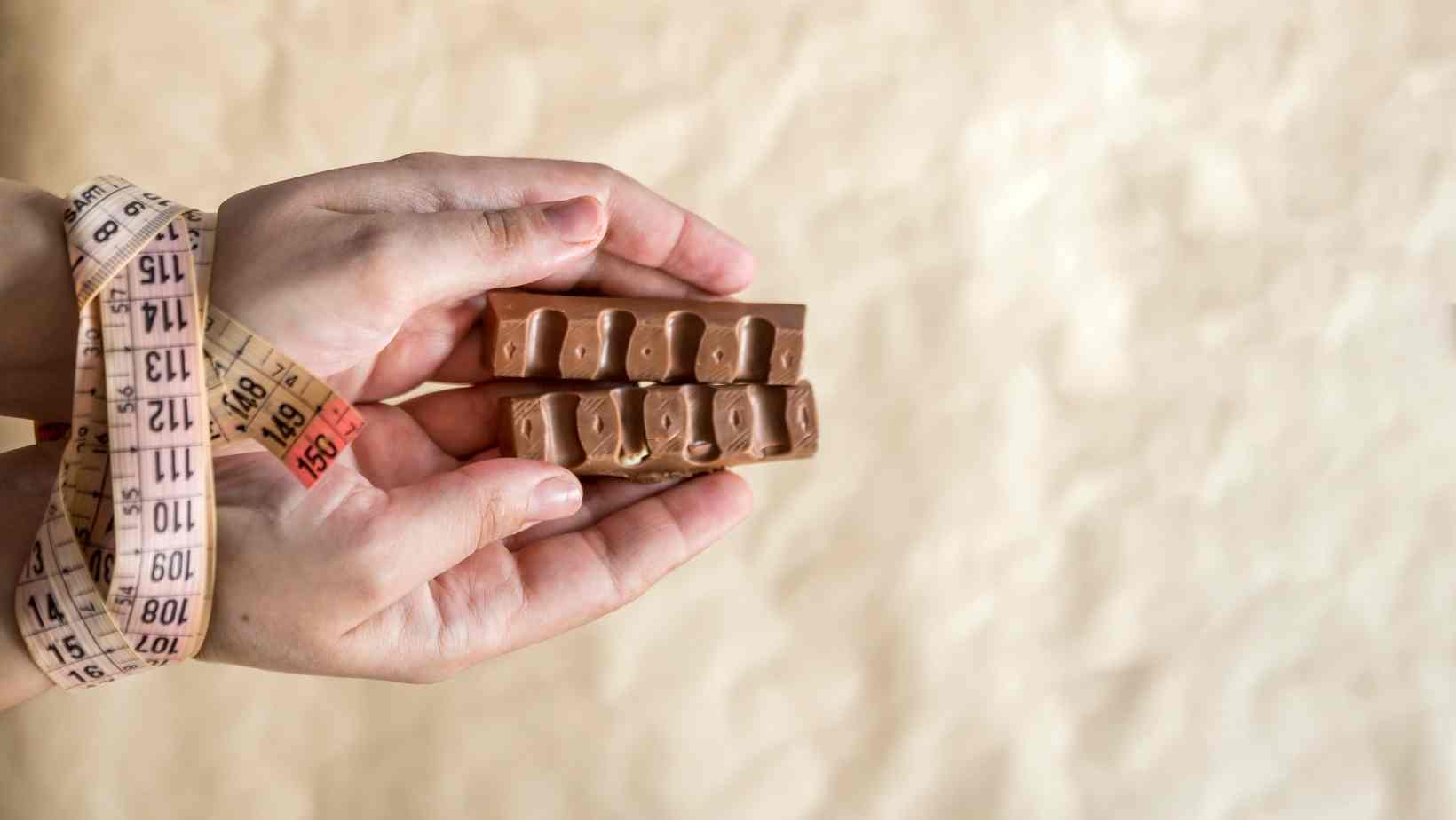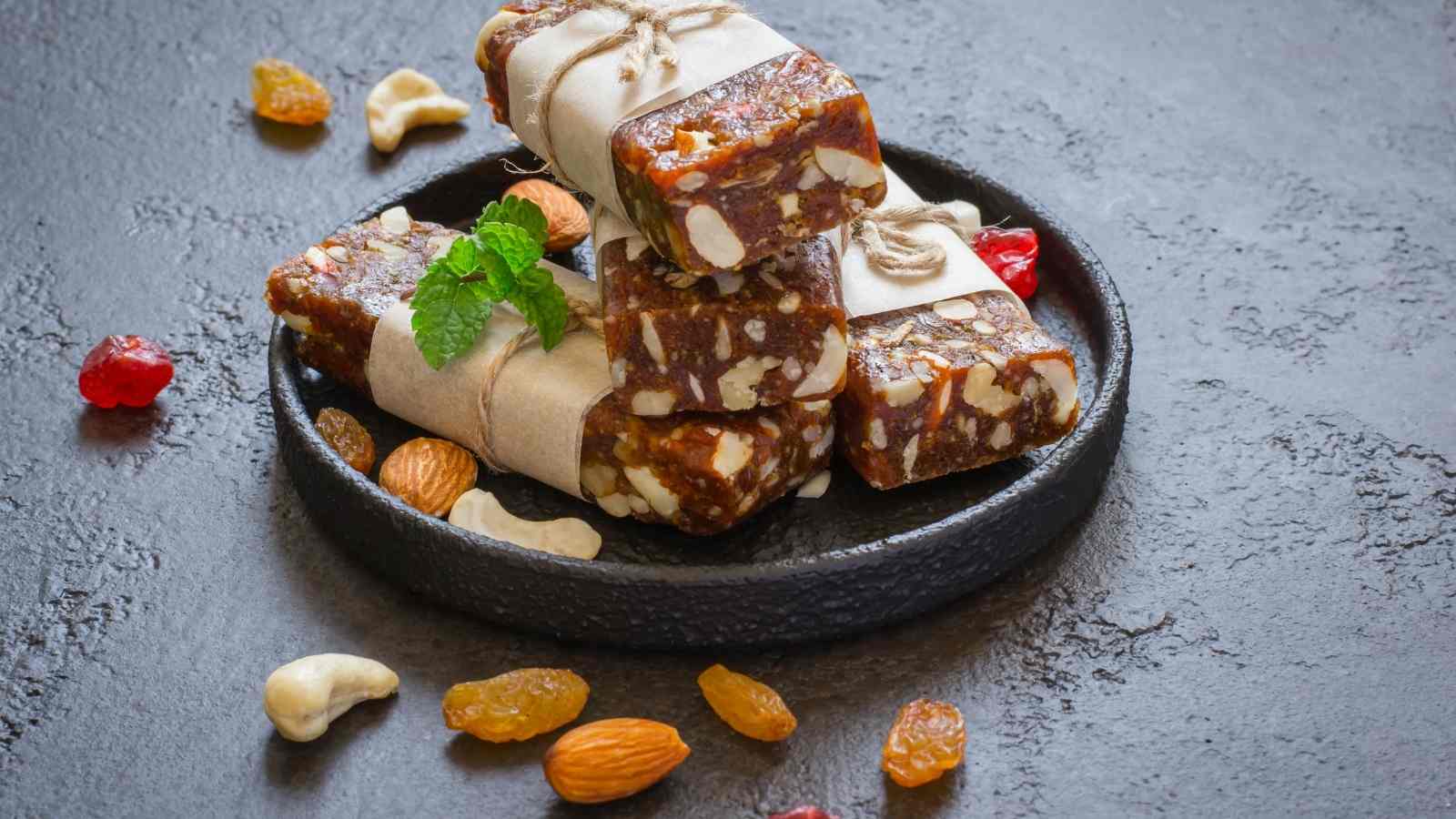With recent reports claiming that chocolate products containing palm oil cause cancer, you may be thinking about whether it's time to give up the brown stuff. This year, the EU recognized cocoa as a 'medicinal' food, which is a little perplexing. Experts have indicated that consuming cocoa supplements might lessen your chances of dementia and heart disease, based on scientific data that elements included in chocolate help blood flow and lower blood pressure. Is that to say you're free to eat that Galaxy bar as much as you want? No, according to experts, the fat and sugar levels in a similar quantity of chocolate would completely wipe out the advantages. But, oh well.

Finding a way to stop eating chocolate seems to be an insurmountable problem for many of us. However, we're here to assure you that it is feasible. With our step-by-step approach, you'll learn how to stop eating chocolate (more or less) effortlessly.
Addiction to Chocolate
According to experts, up to 90% of us have frequent food cravings, with chocolate being one of the most common causes. Oreos, at least in rats, seem to be as addictive as cocaine and morphine. Chocolate, like addictive substances like nicotine, alcohol, and heroin, activates the brain's reward centers, causing the release of 'feel-good' neurotransmitters like dopamine and serotonin. According to nutritionist Dr. Joanna McMillan, "the more you eat and the more frequently you have it, the more your brain urges you to seek it out." The impact is amplified by habit and learned connections. "For example, if you consistently take chocolate after your evening meal, you will develop a taste for it at that time."
Why is chocolate so enticing to us? Our bodies have been taught by nature to seek sweet, fatty, calorie-dense meals. These meals were critical to our ancestors' survival because they allowed energy to be stored as fat in anticipation of times of shortage. And, although few foods naturally contain significant quantities of sugar and fat, chocolate does. "You will have no more control over these overwhelming desires than you have over a bowel movement, no matter how strong your resolve," says Dr. Penny Kendall-Reed, co-author of The No Crave Diet.
Hormones may also be involved. Do you have a stressful situation? Cortisol has the ability to inhibit the production of leptin, a hormone that tells your brain when you're full. Consuming fructose (a kind of sugar often found in chocolate and fruit) may actually increase, rather than lessen, appetite, according to experts. What's the end result? Another - or three - empty wrapper.
So, what are your options?
Experts recommend quitting smoking for at least two weeks to enable your hormones to adjust as you break old habits and create new ones. Remove potential sources of temptation as much as possible. If you can't get rid of it, keep it hidden. Plan a different route if you often stop at your favorite patisserie on your way home from work. When you go grocery shopping, you can't say no to a twofer deal. Place your order on the internet. Withdrawal symptoms such as headaches, fatigue, and irritability may occur, but as your insulin sensitivity improves, your cravings will decrease. To stay full, eat a variety of fiber- and protein-rich meals. Choose low-glycemic-index foods, which release energy slowly and keep you feeling fuller for longer.
Keep your expectations in check. Giving up chocolate for good isn't always possible, or even desired. Self-denial will only make it more enticing, and it does, after all, come with a slew of health advantages in its purest form. Reintroduce modest portions into your diet after 2 or 3 weeks. We're not talking about a Creme Egg after your Tesco run here, but a square or two of high-quality dark chocolate once or twice a week... If you truly want one and aren't planning on having one every night, go ahead. Giving yourself permission to eat consciously, immersing yourself in the sensations of taste, texture, and scent, and savoring each and every mouthful, will only make you want it more and enjoy it less.
Get Rid of Your Chocolate Cravings
That's all well and good, but how can you get rid of those hunger pangs? First and foremost, keep track of your chocolate consumption and identify your triggers for a day or two. Is your snacking emotional or habitual? Once you've worked out what's causing the problem, you can start working on solving it.
Make a strategy of action. Plan a ten-minute walk or three-minute meditation break after that critical meeting, for example, if you know you usually go for a Twix when stress gets the best of you. When you're in a post-lunch slump, want chocolate-chip cookies. Before you go to work, make sure you have a stockpile of nutritious snacks in your purse. After dinner, do you always break out the biscuit tin? Instead, make yourself a cup of guilt-free chocolate tea.
According to scientific evidence, even a 15-minute stroll may help decrease stress-related cravings. What is Dr. Kendall-recommendation? Reed's Let's go shopping. She claims that purchasing a magazine or a bottle of nail polish has the same impact on the brain as eating a full-fat, high-sugar muffin.
Have you been caught off guard by a craving? Drink plenty of water (we sometimes confuse thirst with hunger), clean your teeth, and contact a buddy for a ten-minute conversation. By the time you hang up, your appetite will have vanished 9 times out of 10.
Or maybe you constantly have a chocolate craving the morning after a night out? According to dietitians, low blood sugar, dopamine and serotonin levels, and elevated cortisol are the ideal combination for cravings. Avoid hangover munchies by filling your stomach with nutritious carbohydrates before going out, alternating alcoholic and non-alcoholic beverages, drinking lots of water before bed, and having a full, protein-rich breakfast in the morning.
Finally, a magnesium supplement may be beneficial. Because chocolate has high magnesium content, nutritional deficits may sometimes show as cravings.
Substitutes for Chocolate
Chocolate (dark)
Wean yourself away from sugary, fat-laden milk chocolate and toward high-quality dark chocolate. The more cocoa in the recipe, the more healthy and enjoyable the end product will be. A minimum of 70% cocoa content is desired.
Snack bars with protein
Always check the label, ladies: many of those natural, 'healthy' energy bars have more sugar and calories than a KitKat Chunky, and less protein. These nutritious powerhouses, on the other hand, are low in sugar and calories, rich in protein and fiber, and come with a pleasantly gratifying chocolate orange flavor.

Nut butter with chocolate
Do you like chocolate spread? For a guilt-free treat, place a tablespoon of this raw brazil nut and cacao spread over a whole grain rice cake.
Tea with chocolate
Substitute a cup of calorie-free chocolate-infused tea for that 400-calorie hot chocolate. We guarantee you'll grow to appreciate it.
Nibs of cacao
Cacao nibs are the cleanest, healthiest form of chocolate. Use them in baking, over cereal, or make your own delicious superfood ice cream by blending them with a frozen banana and almond butter.




